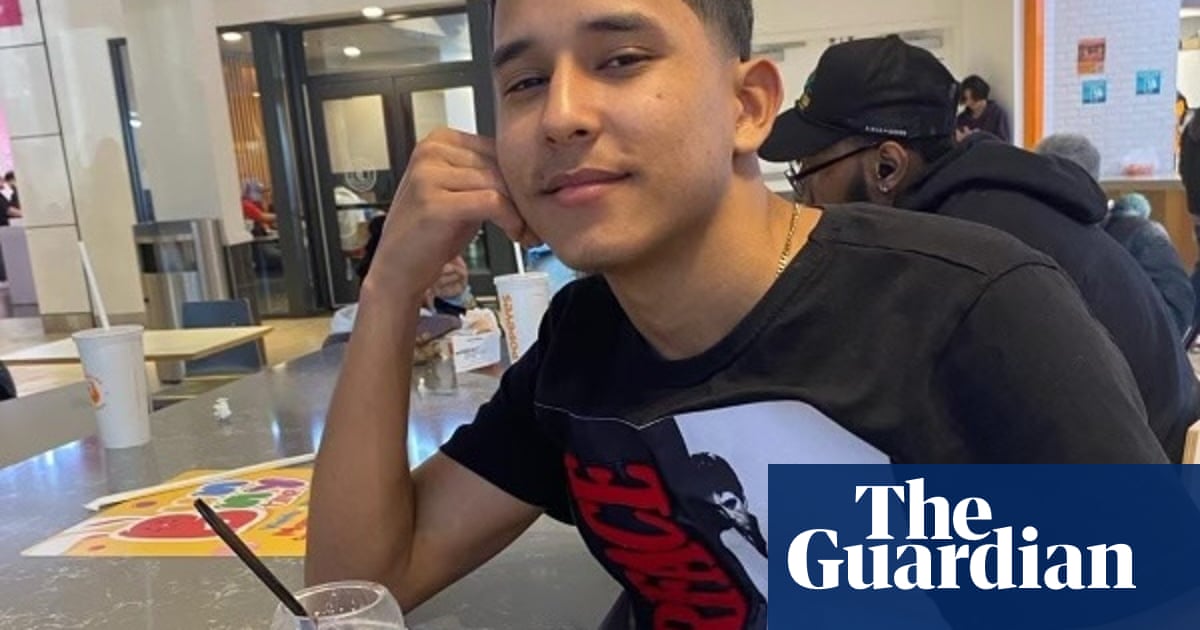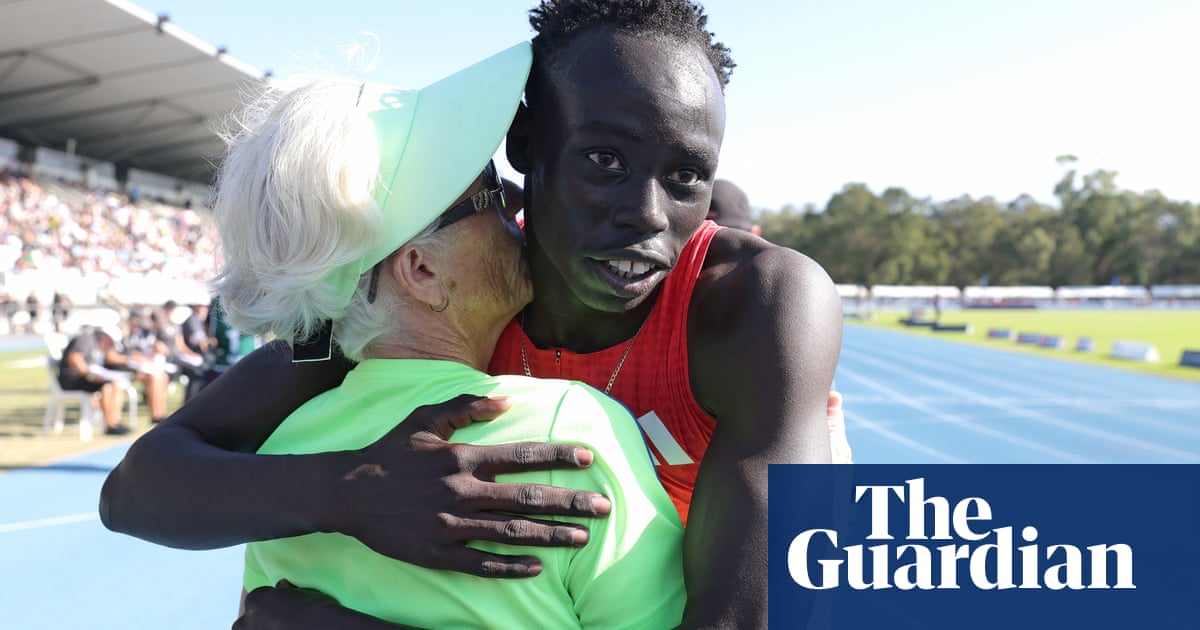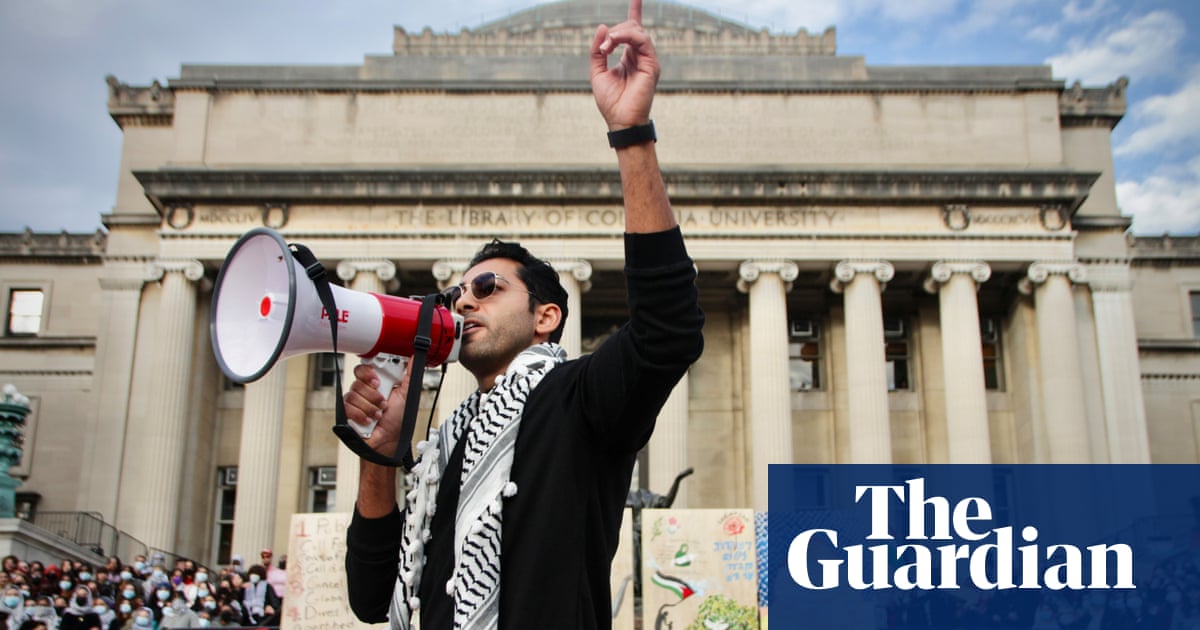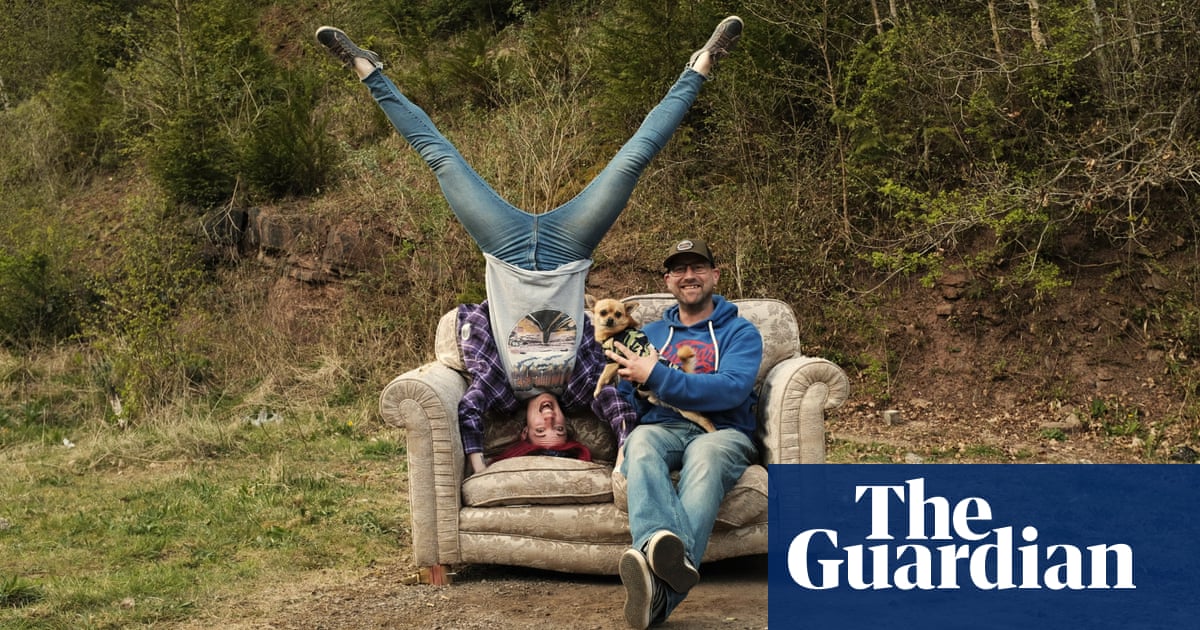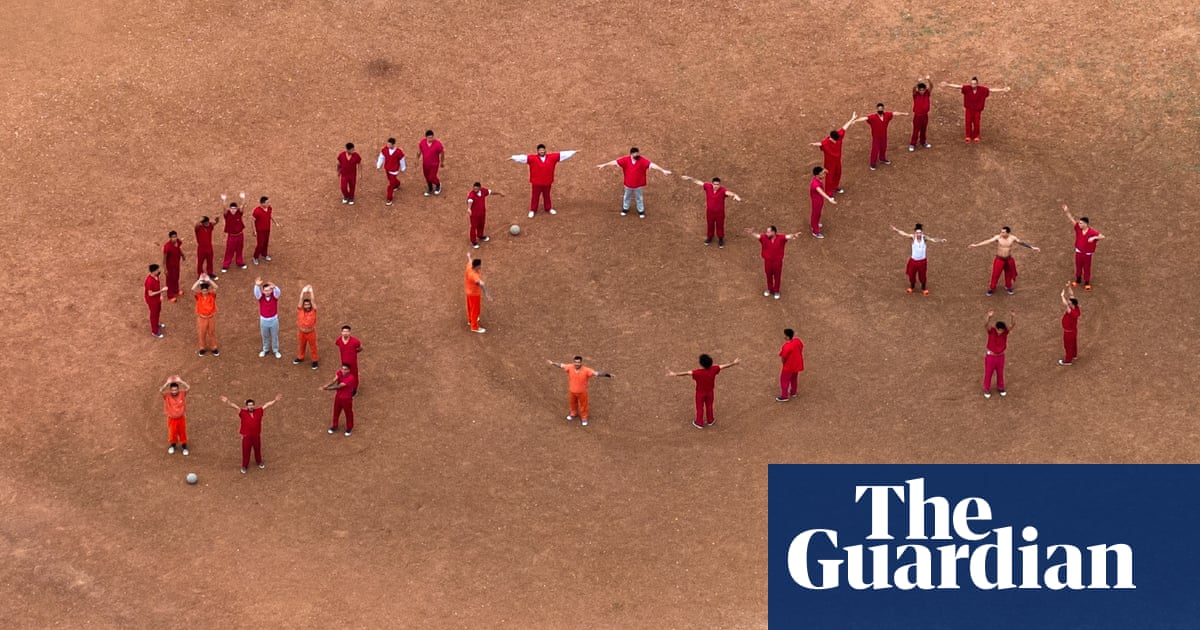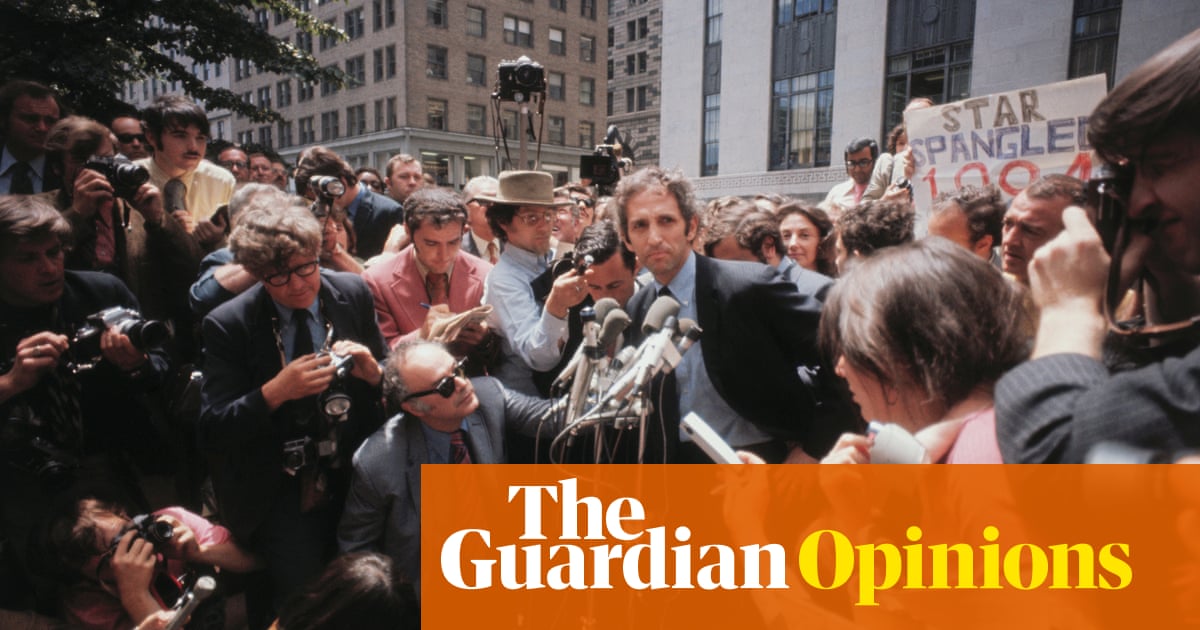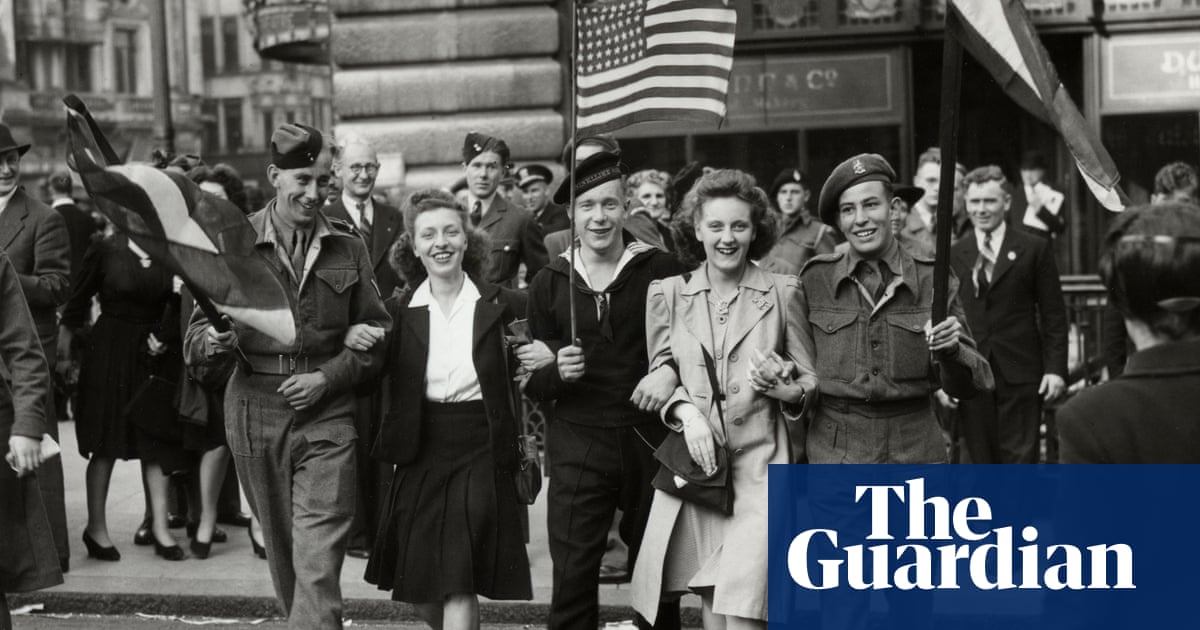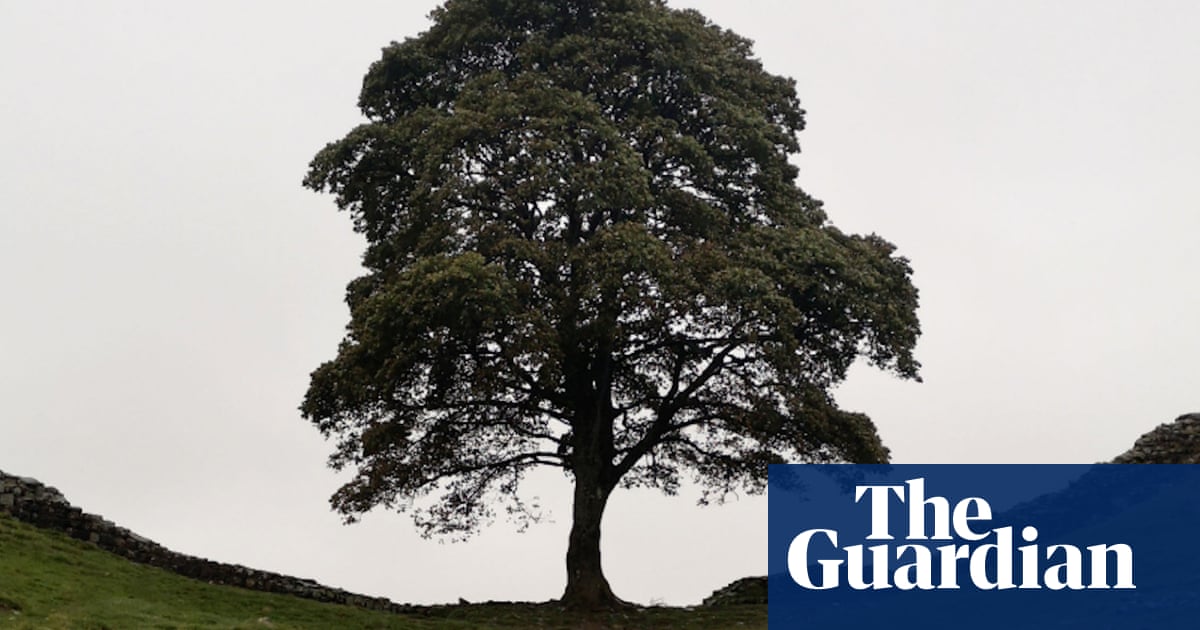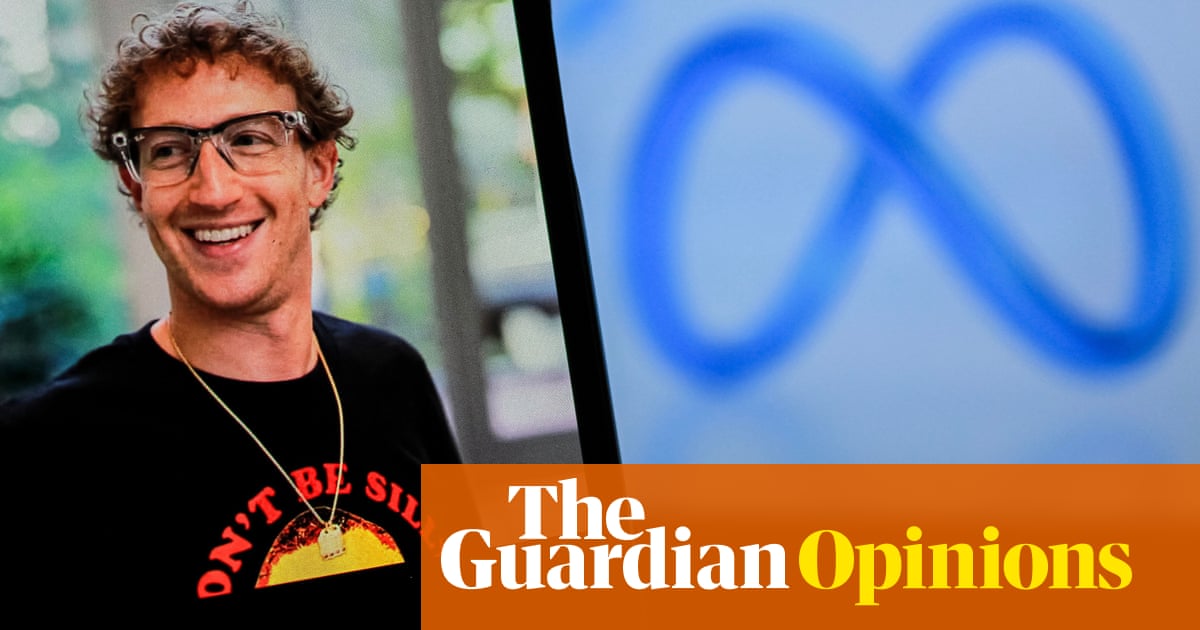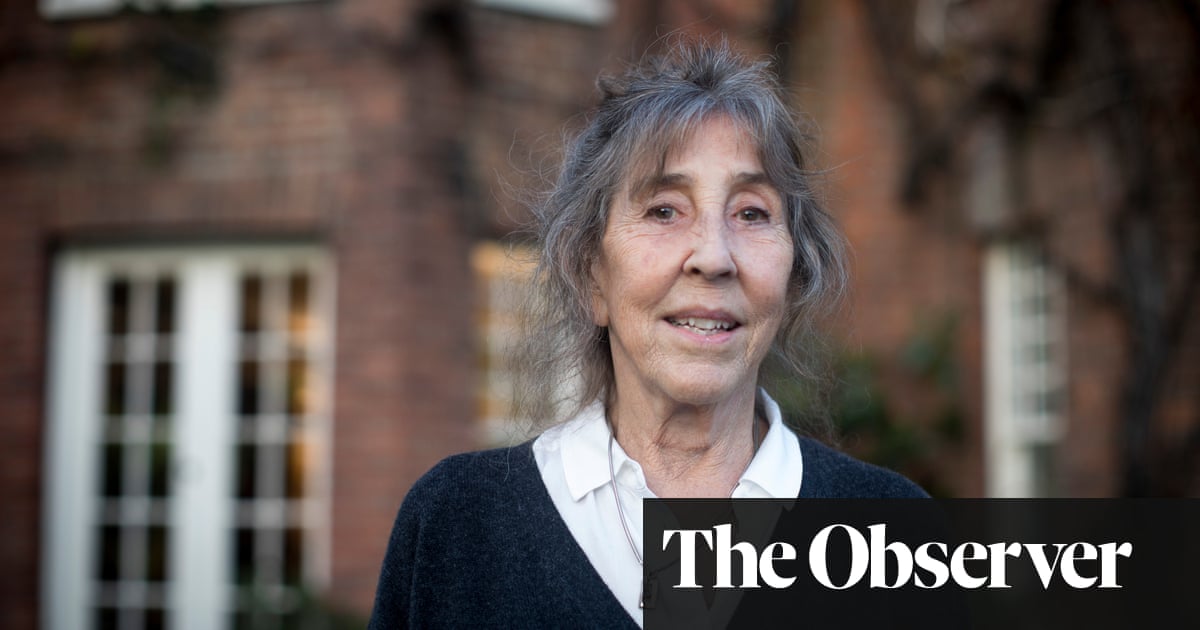After three decades as a jobbing actor, Colman Domingo finally ascended to the Hollywood A-list in 2023 off the back of Rustin, a biopic of Bayard Rustin, an adviser to Martin Luther King Jr and civil rights icon. But while his performance was brilliant, Domingo’s meteoric rise was also down to something else: his masterful embrace of Black dandyism.
Having honed his trademark tight trousers and unbuttoned shirts waiting tables in San Francisco, on the red carpet he set himself apart in suits with Nehru collars, bow ties, dramatic cloaks and sparkling brooches. “I don’t just wear clothes, I wear stories,” Domingo told GQ ahead of his appearance at the Golden Globes in January, before stepping out in a black Valentino mohair wool tuxedo paired with a polka-dot silk shirt and a peacock plume brooch, all chosen to evoke “being at the centre of a three-ring circus” – a playful nod to the performative nature of awards season.

As the current poster boy for Black dandyism, it’s fitting that Domingo will co-chair this year’s Met Gala, the theme of which is Superfine: Tailoring Black Style. Inspired by Monica L. Miller’s 2009 book, Slaves to Fashion: Black Dandyism and the Styling of Black Diasporic Identity, the gala and the accompanying exhibition are a celebration of the strategic use of fashion by Black men throughout history, which the book traces from slavery and colonialism through political and cultural movements such as the Harlem renaissance and the civil rights movement of the 1960s, up to 21st-century icons including André 3000 and Janelle Monáe. Dandyism is not just about impeccably tailored suits and carefully chosen accessories – although it can be both of those things. It is about clothing that deliberately evokes political and historical ideas while showcasing the wearer’s distinct charisma.
Speaking to Miller over Zoom from her office at Barnard College in New York City, where she is professor of Africana studies, she’s clearly still processing the unexpected turn of events that brought her research to the red carpet of the Met Gala, the Anna Wintour-organised, star-studded extravaganza widely considered fashion’s biggest night of the year. “I got a cold call saying, ‘We would love to talk about the possibility of turning your book into an exhibition,’” says Miller, who admits to being floored by the invitation: “Even now, with the exhibition coming together, it still feels like a miracle,” she says.
The term “superfine” is borrowed from the memoir of Olaudah Equiano, an enslaved West African who, after purchasing his freedom in 1766, spent “above eight pounds of my money for a suit of superfine clothes to dance with at my freedom”. Beyond a simple commitment to flamboyant dressing, the title reflects the deeper significance of Black dandy style as both “imposition and liberation”, preserving a tension between politics and aesthetics. “It’s a sartorial style that asks questions about identity, representation, mobility – race, class, gender, sexuality and power,” says Miller. It’s a timely choice by the Met, given we find ourselves in what Miller euphemistically refers to as “this incredibly political moment”, also noting how the past 15 years have seen Black culture – and designers – play an increasingly central role in western fashion. “There’s a sense in which the exhibition is a distillation of the really important moves Black designers have made in recent years,” she says.
Miller first became intrigued by Black dandyism while studying with American philosopher Cornel West in graduate school, reading WEB Du Bois’s The Souls of Black Folk, a collection of sociological essays exploring the Black experience in early 20th-century America. When she discovered a footnote about Du Bois being caricatured unflatteringly as a dandy, she was puzzled. “I didn’t understand why that was a bad thing,” she says. “He was incredibly, like, impeccably dressed.”
Du Bois rejected the label: “He was upset about it because the primary image of the Black dandy came from blackface minstrelsy.” But Miller saw something more significant. “If we think about dandyism from a really different perspective,” she says, “the style challenges social hierarchies by subverting expectations of how Black men should present themselves. What was once used to mock Black people became their tool for resistance and self-expression.”

The exhibition is organised around key concepts that illuminate different facets of Black dandyism, including most notably “ownership”, or the contrast between “being owned and ‘owning it’”. This tension between being dandified by others and adopting dandyism as self-expression runs throughout Black history. Miller cites the example of Josephine Baker, who rose from being an exotic dancer to global icon of the jazz age through strategic manipulation of her image. “She was able to defy that expectation and take control of it,” says Miller. The ability to manipulate societal expectations was not just important for well-known figures, but marginal ones too, such as runaway enslaved people. “Adverts for absconding enslaved persons would include the clothes they took; even their enslavers knew how important clothes were in their attempt to pass for a free man.”

As the 20th century progressed, the bold clothing of Black dandyism became a way to explore the complex relationships between race, masculinity and sexuality. It’s here that the distinction between Black dandyism and white dandyism – long associated with European queer communities – is most apparent. Asked about what distinguishes the two, Miller is provocative: “I do believe that Black people and their identities have always been queer. They are odd, ill-fitting and problematic, regardless of sexuality.”
Black women have also played a key role in shaping dandyism, including Harlem Renaissance blues singer Gladys Bentley, with her trademark white satin suit and top hat, and Grace Jones, who frequently wears masculine garments, such as the Armani suit jacket she dons on the cover of her album Nightclubbing. Miller notes how the footprint of dandy aesthetics is evident with political figures such as Kamala Harris or Michelle Obama. “They’re not only wearing suits, but also thinking about Black designers, like Christopher John Rogers,” says Miller. “It’s a feminist thing, but they’re also thinking about the blackness of it – choosing accessible silhouettes as a way of signalling, ‘Yes, I’m in a position of power, but I’m also just a person.’” In essence, the choices serve a dual purpose: the familiar, relatable silhouettes (such as Michelle Obama’s signature belted looks) create a visual bridge with everyday Americans, while the selection of Black designers makes a statement about cultural representation.

Intentionality is a consistent thread throughout Miller’s conception of Black dandyism. It is perhaps most striking now, at a time when prominent white men, such as Elon Musk, seem practically slovenly despite their highly ambitious political projects. “Part of the tension,” says Miller, “related to Black people and their relationship to fashion is that it seems required for Black people in power, or Black people who want certain forms of power, to dress in a particular kind of way.” In other words, Black people are required to dress smartly to be taken seriously, while white men are afforded the privilege of scruffiness.
As Met Gala guests prepare to interpret the theme on the Met steps next month, Miller hopes attenders and viewers will appreciate the deep historical significance of what they’re seeing. “It’s about understanding that the present moment is always informed by both history and our aspirations.” In today’s divided political landscape, Black dandyism continues to be a powerful statement – a way of claiming space, asserting dignity and imagining alternatives to the present. In Domingo, A$AP Rocky and their fellow co-chairs, we will see the latest incarnation of this tradition – one that transforms the red carpet into a canvas for exploring the ongoing, unfinished business of what it means to be visible while Black, in America and around the world.

 4 hours ago
4
4 hours ago
4


